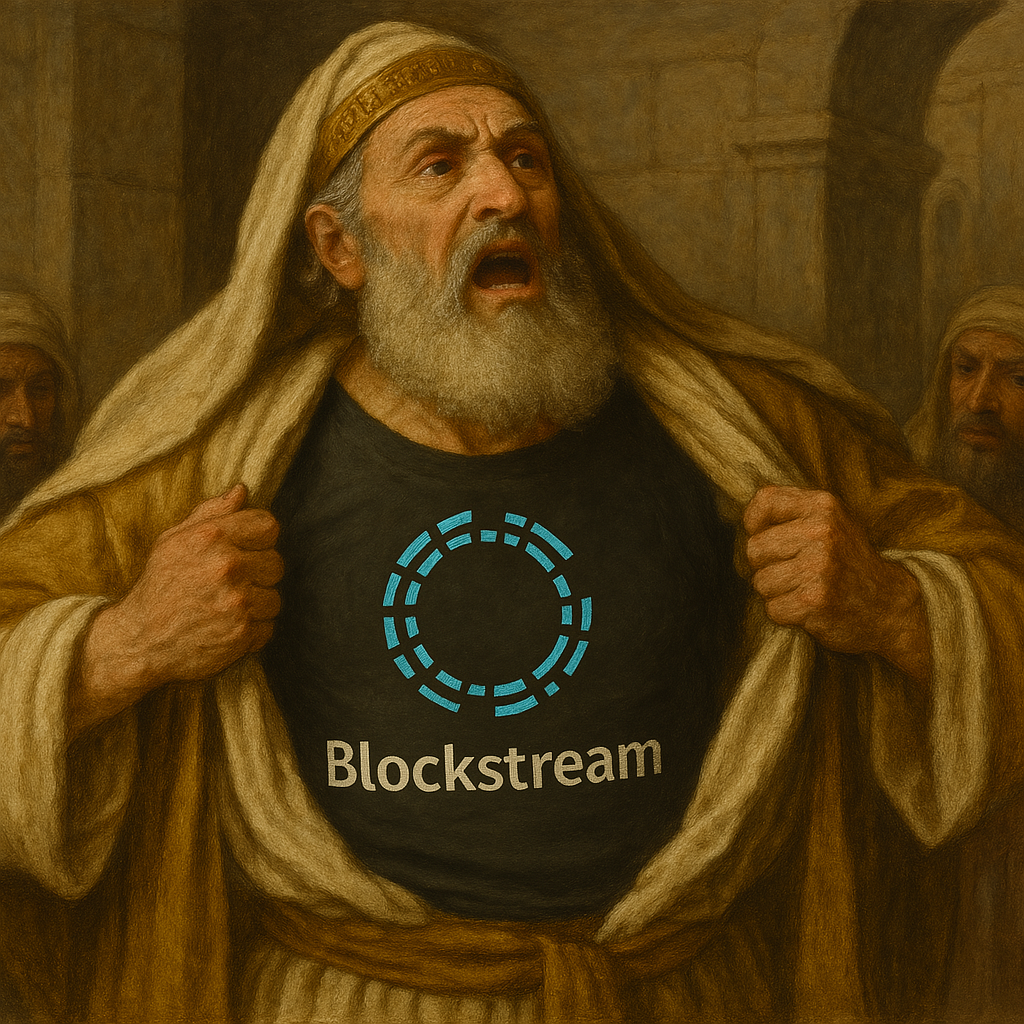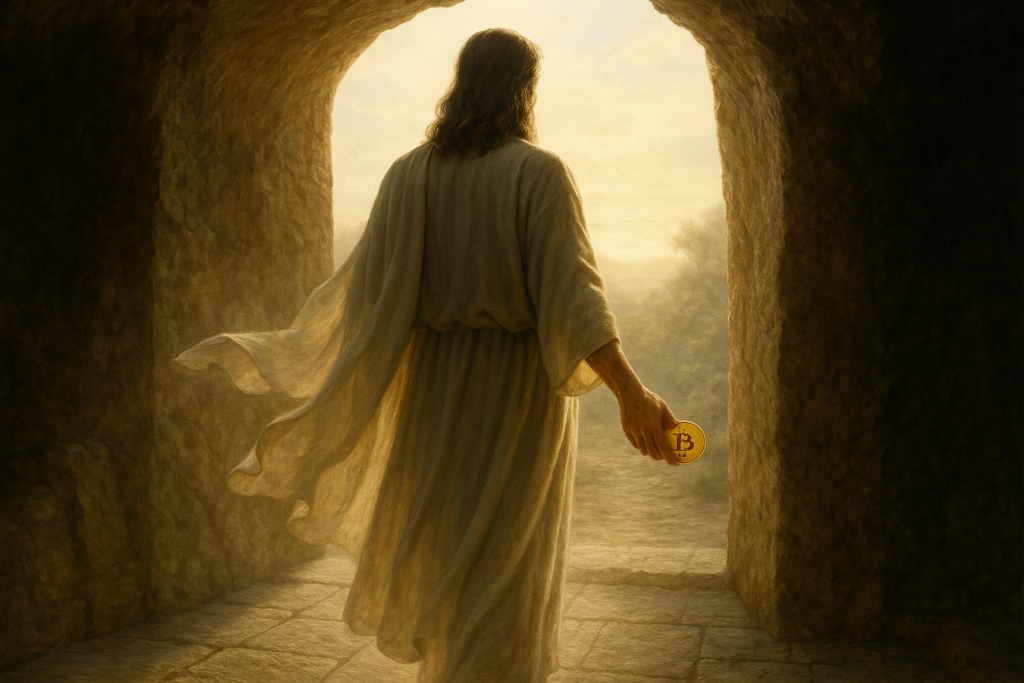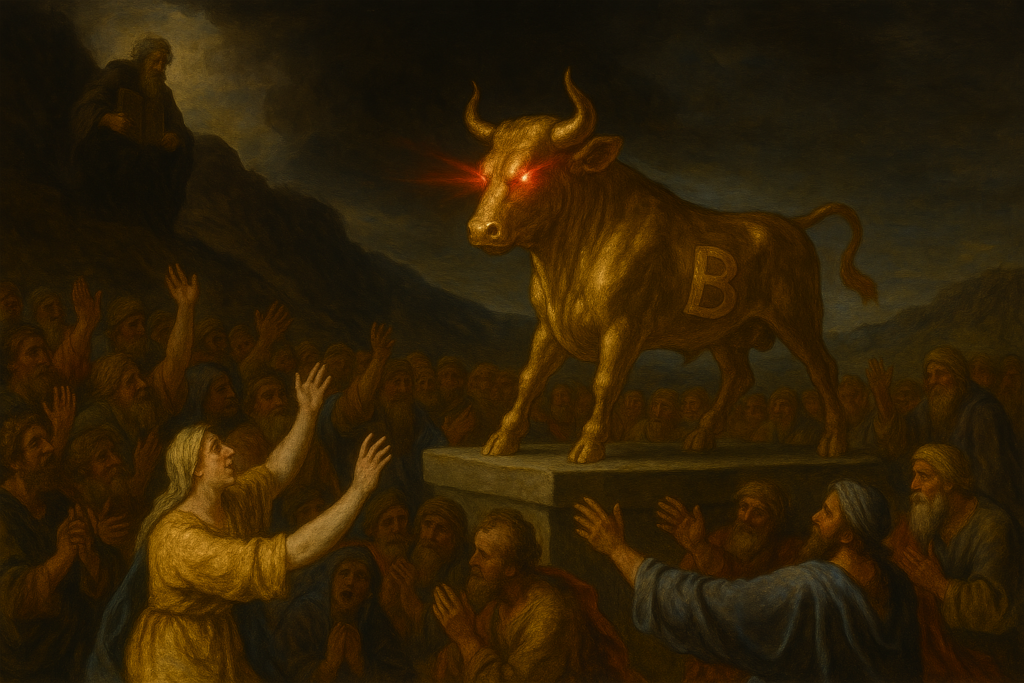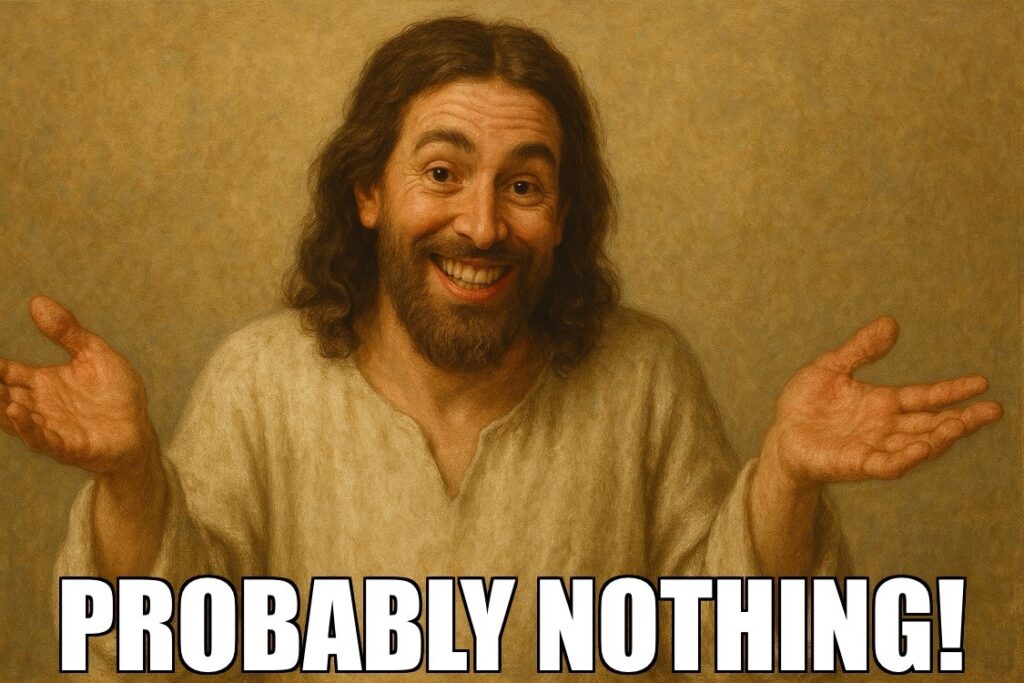|
Getting your Trinity Audio player ready...
|
I sat in church this Palm Sunday and listened to a sermon about the Tabernacle, and how each aspect of the sacrificial tent was an analogous picture of the coming of the Messiah. We heard about how Jesus was praised, then ridiculed, and how He was ultimately misunderstood by most until He became the most influential figure in history.
Like many heavy things steeped in grandeur, it made me think of Bitcoin.
Context
Throughout the Bible, the people of Israel come within arm’s reach of their divine purpose only to stumble—distracted by idols, seduced by foreign kings, or corrupted by power. Of course, this is human nature and should be expected, much like I predicted such things would happen in Bitcoin.
The Exodus becomes forty years of wandering. The kingdom of David fractures. The Temple is destroyed. Babylon comes. Then Rome. And again and again, Israel is punished, enslaved, and exiled. The last time around, Jerusalem was conquered by Rome about 35 years after the high priest Caiaphas set in motion the execution of the Messiah for failing the purity tests of the temple government.

Yet woven into every failure is a promise: a remnant shall return. A righteous King will arise. Redemption will come.
That expectation found its fulfillment, Christians believe, during Holy Week. Jesus Christ entered Jerusalem and hailed as a king. Within days, he was executed—condemned by the religious authorities and crucified by the imperial powers of Rome. And then, on the third day, he rose again. This resurrection is the cornerstone of the Christian faith, marking not only Jesus’ triumph over death but also the restoration of communion between God and man.
A covenant, once broken, fulfilled.
It is fitting, then, to consider the story of Bitcoin through the lens of this redemptive arc. I often talk about the hero’s journey, and this is the most influential one in world history.

Like ancient Israel, Bitcoin has had its moments of near-glory. The white paper arrived in 2008 as a kind of gospel: a system of honest weights and measures, a blueprint for decentralized digital cash and data integrity. In 2011, 2013, and again in 2017, Bitcoin nearly ascended—riding waves of adoption, excitement, and public attention. But every time, just before reaching maturity, it was undermined, deflated, and ultimately hijacked.
The 2017 culmination of the Bitcoin Civil War became the crucible that fractured the community. BCH was born but compromised. Then came Bitcoin SV (BSV/Satoshi Vision)—an attempt to restore the original protocol in a sort of Reformation. But like Christ before the Sanhedrin, BSV was rejected by the ruling class: dismissed by the venture capitalists, censored by exchanges, shadowbanned from social media, and even delisted from financial infrastructure.
The powers that be—Coinbase (NASDAQ: COIN), BlackRock (NASDAQ: BLK), Binance, and others—declared BTC as the canonical Bitcoin. They flooded the market with propaganda, misleading technical explanations, and compliance theater, creating a synthetic consensus around a neutered, dysfunctional Bitcoin. It no longer scales, no longer settles in real-time, and no longer aspires to be cash.
It is their digital gold(en calf.)

A telling response
This is not so different from what happened in first-century Judea. In the wake of Jesus’ crucifixion, Israel and Rome thought they had snuffed out the Messiah, but He rose again, and his ministry resumed, and his empire grew such that eventually, it became the official religion of Rome. Every major religious tradition from then on was forced to develop an official response to Jesus of Nazareth. Rabbinic Judaism developed the Talmud in part to reinterpret his life and explain away His teachings. Islam reveres Jesus as a prophet but denies his divinity. Even Eastern religions—though less central—contain references to Jesus as a wise teacher: Hindu texts depict him as a saint or yogi and Buddhist traditions suggest he traveled to the East in his youth.
Why does Jesus, a man supposedly insignificant to many, require so much formal explanation?

The same pattern holds for BSV. Though mocked and ignored, nearly every major institution has an official policy or risk disclosure about BSV. BlackRock’s ETF disclosures include language about forks and the possibility that BSV could create serious volatility. Coinbase, despite never listing BSV, dedicates compliance resources to tracking it and investor pitches that explain it in great detail.
Regulators and watchdog groups write full memos about its implications. There are even campaigns to erase or obscure its history. All this effort… for a coin that “doesn’t matter?”
The magnitude of resistance is itself a tell.
Just as Jesus was the stone the builders rejected, so too is BSV, the protocol the crypto aristocracy cannot seem to bury. Despite the censorship, ridicule, and financial penalties, it persists—and not in ideological purity alone. It scales. It settles. It offers real-world utility. And now, with the imminent release of Teranode, the infrastructure is in place to build real economies, applications, and institutions on-chain.
The great commission
When Jesus was asked to summarize everything, he basically said, “Love God, and love your neighbor as you love yourself.”
This is often called the “Golden Rule” in other contexts, and it should also be our Bitcoin rule. In fact, I’m often quoted parsing this down to a simpler “be good to each other,” and that really is the sum total of our economic relationships as much as Jesus’ advice is the sum total of everything else.
If Jesus’ resurrection was the beginning of the Kingdom of God, and we are then ordered to usher in the Kingdom of Heaven, then this era might also be Bitcoin’s third day. The stone may yet be rolled away.
To the remnant: build. Not out of anger, not out of spite, but because we are called to participate in a better world – to be the better world by example. The Apostles were scattered and scared, and most of them were ultimately martyred, but not before they planted seeds that still grow today! Commerce, contracts, creativity—all can thrive on a platform designed for integrity and scale, and those things can last forever, too!
Bitcoin, like the faiths that inspired it, must be lived to be understood, and if it is embraced and lived by people who are able to use it to create value, it will indeed grow forever, and that is a huge opportunity!
This Holy Week, let us remember: resurrection is never quiet. It does not reinforce the old order.
It comes to overturn it. When it is overturned, we need to be ready to lead it in peace.
Happy Holy Week!
Watch: History of Bitcoin with Kurt Wuckert Jr.

 12-23-2025
12-23-2025 




